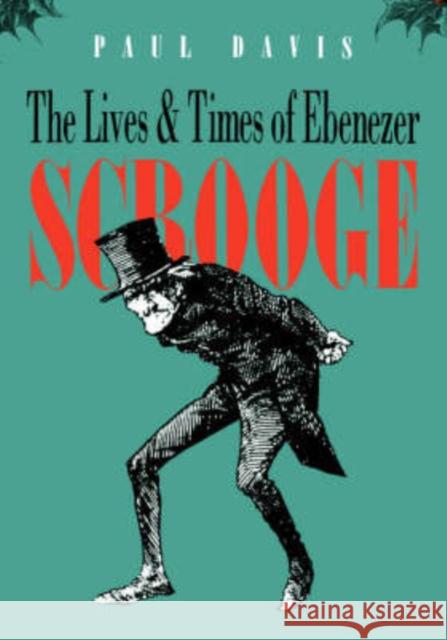The Lives and Times of Ebenezer Scrooge » książka
The Lives and Times of Ebenezer Scrooge
ISBN-13: 9780300046649 / Angielski / Twarda / 1990 / 296 str.
"Bah Humbug " and "God bless us, every one " are phrases that have resounded through the years, instantly recognizable as exclamations from Scrooge and Tiny Tim in Charles Dickens's beloved Christmas Carol. Told and retold to generations of children and adults, A Christmas Carol has been adapted, revised, condensed, added to, and modernized more than any other work in English literature. In this engaging and delightfully illustrated book, Paul Davis explores the various British and American versions of this work--on stage, film, radio, and television and in literature, cartoons, and comic books--showing how these interpretations have reflected the changing cultural perspectives of successive eras. According to Davis, six periods have shaped this cultural history, each contributing to the evolving culture-text of A Christmas Carol that is what we remember of all its parodies, piracies, and retellings. Dickens's original story, written in 1843, provided proof that urbanization had not destroyed Christmas and that the old country traditions could flourish in the new cities. By the 1870s, A Christmas Carol had become secular scripture, read as a retelling of the biblical Christmas story. The sophisticated decade preceding World War I treated the work for the first time as a story for children. In the Depression era, while the British reaffirmed a traditional Carol, Americans interpreted Scrooge's transformation as the triumph of a new business ethic of service and sharing. The Scrooge of the 1960s became a Freudian figure tormented by his past, who conjured up Marley as a way of calling for help and who turned on to Christmas and tuned into joys he had denied himself. Now, when our focus in on hunger and homelessness rather than joy in the streets, Scrooge is again a social figure placed in the center of unsettling economic realities.











